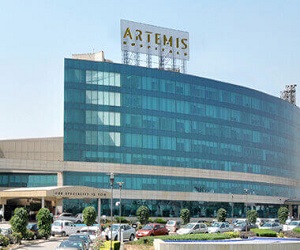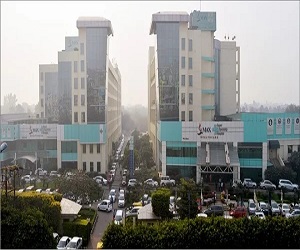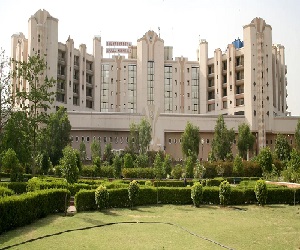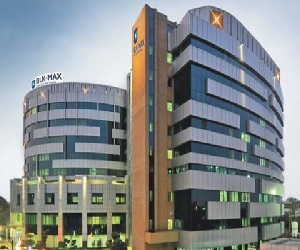Spine osteotomy corrects spinal deformities in both pediatric and adult patients. This procedure helps restore normal spinal curvature, alleviating severe pain and discomfort effectively.
Benefits of Spine Osteotomy
Before you get an appointment with the surgeon, you must know the benefits of Spine Osteotomy. The benefits are:
- It relieves the immense pain and thus allows you to explore a better way of life.
- Spine Osteotomy helps you get good flexibility and enables you to move freely. It gives you the strength to stand and sit straight.
- Now, you can easily gaze forward, and also you can keep walking for a longer time.
- The surgery involves less blood loss, and there is hardly any risk of infection.
- Spine Osteotomy helps you restore a usual way of life, and you can carry out daily work efficiently.
Who needs Spine Osteotomy surgery?
Patients with severe spinal deformities often require spine osteotomy surgery. Rigid deformities can cause extreme pain, necessitating immediate consultation with a surgeon. If non-surgical treatments fail, surgery becomes essential to alleviate pain and correct the deformity.
How does a surgeon carry out the surgery?
It is a surgical procedure where a small section of the spinal cord is cut, allowing the surgeon to make the necessary corrections. There are three types of osteotomies:
- Smith-Petersen Osteotomy (SPO) is recommended for patients with minor deformities.
- Pedicle Subtraction Osteotomy (PSO) is suggested when there is a higher level of spinal deformity.
- Vertebral Column Resection Osteotomy (VCR) is the procedure done to remove vertebral bodies.
The surgeon begins by assessing the deformity and recommending the most suitable procedure. The surgery is performed under general anesthesia with the patient lying face down. The surgeon inserts screws into the vertebrae to secure the rods, which correct the spine’s position. The results of the adjustment can be observed in real time.
Recovery and Post-Surgery Care
The surgery typically requires a hospital stay of 5-7 days. To aid in a quicker recovery, your surgeon might recommend wearing a brace. Additionally, pain medications may be prescribed to help alleviate post-surgical discomfort.
Following surgery, it is crucial to care for the wound and ensure the area remains dry. If you observe any swelling or fluid discharge, it’s important to promptly consult your surgeon for guidance.
Risks and Complications
Complications of the procedure may include injury to the spinal cord, nerve damage, which can lead to severe infection. Nearby structures such as pneumothorax, pleural effusion, and damage to large blood vessels may also occur. Prompt medical attention is essential if any of these complications are suspected.












